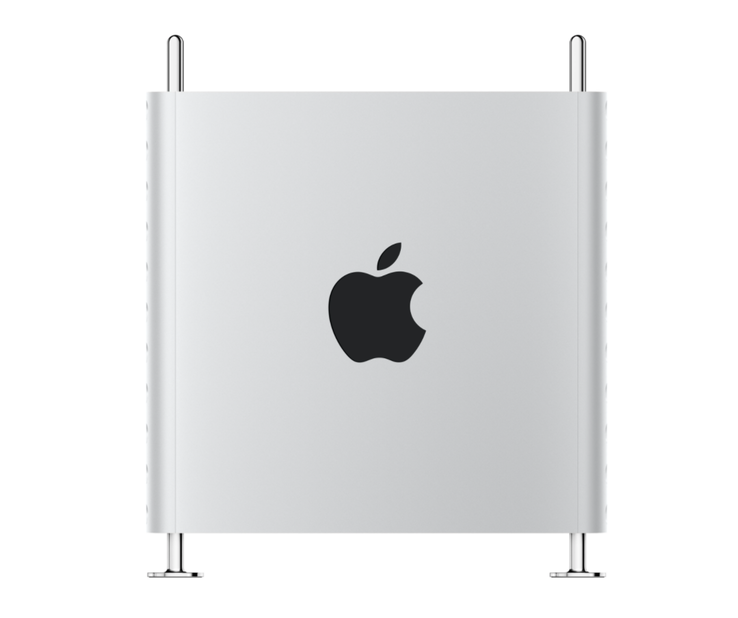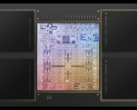The recent launch of Apple's new MacBook Pro lineup was arguably overshadowed by the Apple Silicon powering the devices. The power of the new M1 Pro and M1 Max chips has been the talk of the tech blogosphere since Apple chip guru Johny Srouji detailed their capabilities. While Intel's new 12th-gen Alder Lake laptop chips look to be competitive in terms of outright performance, their performance-per-watt looks to be around 50 percent lower than what Apple is able to achieve.
This, of course, has led to a lot of speculation around what Apple might have up its sleeve for the launch of the Apple Silicon-based Mac Pro. According to a new report by The Information [sub req.] and cited by Ars Technica, the Mac Pro will continue with the first-generation M1-based Mac chips code-named Jade fabricated on a 5 nm node. However, unlike a previous report from Bloomberg’s Mark Gurman which expected a four die M1 configuration, this would only be a two die M1 Max configuration. Either would rely on a fabric interconnect as we have previously explored.
Hector Martin, a well-known developer in the process of porting Linux to Mac, tweeted that he has found numerous references to multi-die configurations in the macOS driver code base. In the same tweet, he added that the IRQ (interrupt request) controller “is very clearly engineered with a (currently unused) second half for a second die)”. This is not to say, however, that Apple could also use fabric interconnect outside the dies to connect them together for a total of 40 CPU cores and 128 GPU cores.
When considering the performance of a two die M1 Max configuration for a Mac Pro, it is simply not enough horsepower on the GPU side (CPU side is not a concern). The best performing GPU in the current Mac Pro is a Radeon Pro W6800 Duo MPX Module that uses two linked GPUs over AMD’s Infinity Fabric interconnect to produce up to 30.2 TF of single-precision compute. Two M1 Max dies would have a total of 64 cores for 20.8 TF of single-precision compute. This is clearly insufficient and points to the four M1 Max die configuration Gurman has alluded to which would produce 41.6 TF of compute.
However, the one wrinkle in these numbers is that the current Mac Pro can support up to two Radeon Pro W8600 Duo MPX Modules which can produce up to 60.4 TF in tandem. One can speculate that while Apple may well adopt a four M1 Max configuration (if not also a two M1 Max configuration for an entry-level Mac Pro), that it may also have to consider a discrete GPU option and/or something similar to the Afterburner accelerator it currently offers as an option. Apple has already demonstrated it can blow away people’s expectations with its Mac silicon, so anything could be possible by the time the next Mac Pro launches sometime in 2022.
The same report by The Information also says that Apple’s second-generation Mac chip will be a single die chip and will be headed to the rumored redesigned MacBook Air. This would likely be the rumored M2 chip and would be more than likely based on the A15 architecture found in the iPhone 13 series -- the M1 series of chips are based on the A14 architecture found in the iPhone 12 series. The entire second-generation of M2-based chips is said to have been finalized.
Work is also already said to have commenced on the third-generation of M-series chips which are said to be fabricated on a 3 nm. Our guess is that these could be the first chips from Apple designed on the new Armv9 architecture and will be based on Apple’s customized application of it on the upcoming A16 SoC. The new Armv9 instruction set is the first new Arm architecture in a decade and will bring CPU increases of over 30 percent over the next two generations of SOCs. You can bet that Apple will be fully leveraging this in a way that no one else has yet been able to match.













